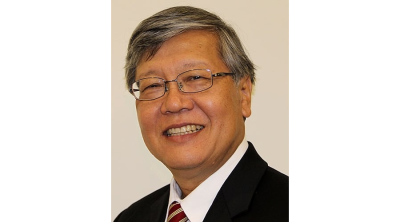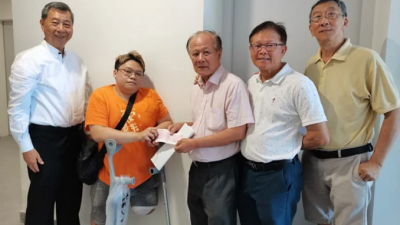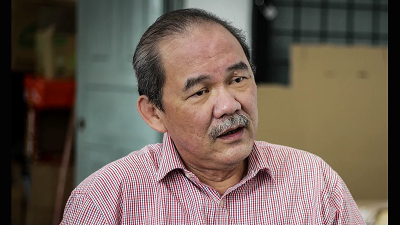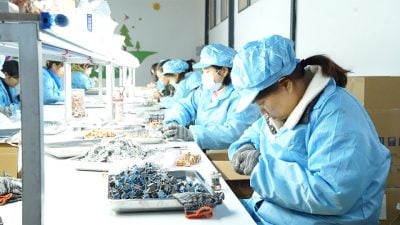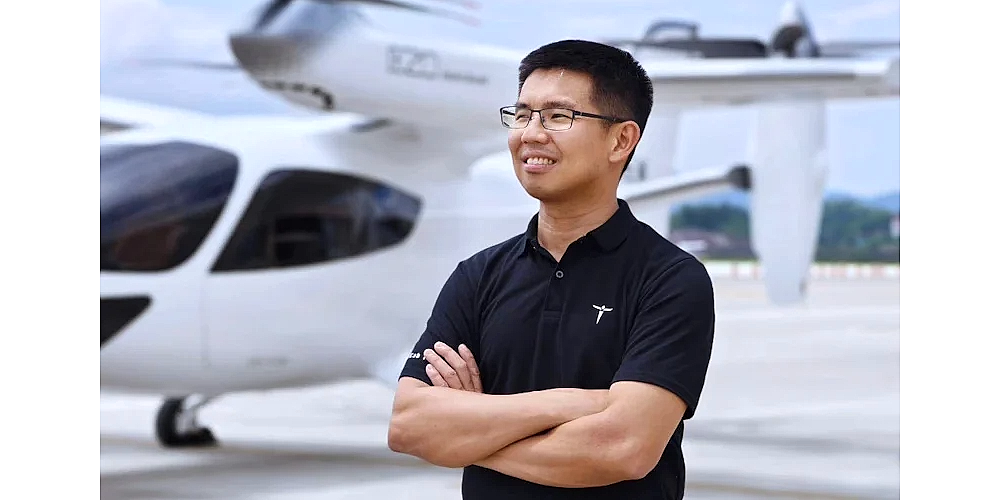
BEIJING: A low-altitude aircraft on display stole the show at the 2025 World Artificial Intelligence Conference (WAIC) at Shanghai World Expo Exhibition & Convention Centre.
Known as the E20 eVTOL, the electric vertical take-off and landing (eVTOL) aircraft was developed by Time Technologies, a company set up by Ng Yon Wui in China five years ago.
Resembling a “flying taxi helicopter,” the aircraft’s Malaysian inventor is Ng from Kuala Sepetang, Taiping.
Ng has been an entrepreneur in China for 16 years. His company, Time Technologies, has been operating in Shanghai for nearly five years.
The E20 eVTOL is the only eVTOL manufacturer showcased at this year’s conference.
Prior to the exhibition, Time Technologies had signed a US$1 billion (approximately RM4.2 billion) procurement deal with a company in the United Arab Emirates.
According to RedNote content creator “Malaysia-Singapore IP Incubator—Leslie,” the E20 eVTOL is essentially a concept of an “air taxi” expected to hit the market by 2027.
The company is currently undergoing the certification process.
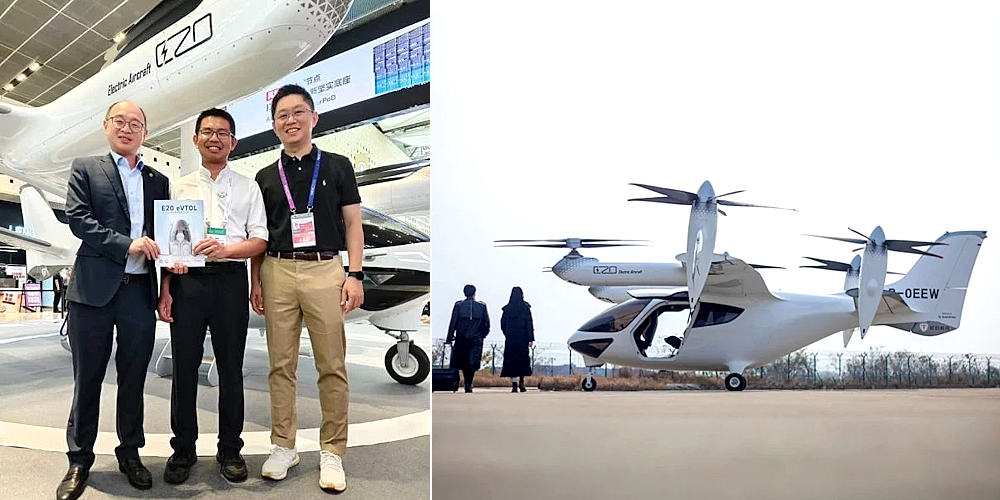
In an interview, Ng explained that traditional helicopters are often too expensive for ordinary people, but thanks to the company’s innovative technology, the “flying taxi helicopter” will cost only around 3 to 4 yuan (approximately RM1.80 to RM2.40) per person per kilometre—similar to regular ground taxi fares.
“There hasn’t been much innovation in aviation, but with electrification, I saw a rare opportunity—to bring aircraft closer to the masses,” Ng said.
He added that the goal isn’t to turn helicopters into fully unmanned drones, which would require complex safety, airspace, and communication systems.
Instead, the company is following a more practical development path that integrates concepts from new energy vehicles and autonomous taxis.
Ng revealed that the original cost of the E20 eVTOL was over 10 million yuan (RM5.97 million), but has since been reduced to around 8 million yuan (RM4.77 million).
“In fact, our main clients aren’t high-net-worth individuals.
“This is a B2B model—primarily for use as air taxis or to serve as part of local transport infrastructure,” he said.
Why is the E20 eVTOL safer, cheaper, and more orderly? Ng explained:
“Because it doesn’t fly randomly. The flight paths are fixed.
“In the future, when you book a ride, you can choose to pay a bit more to get to your destination faster.”
When asked about his experience as a Malaysian entrepreneur in China, Ng emphasised the importance of understanding the deep tech landscape in China and its fast-paced innovation environment.
“You need to break free from the conventional impressions of China. Travel and explore—you’ll see a very different China. Challenging your habitual mindset is a necessary learning process,” he said.
Earlier, David Lim Tao Cheng, head of the Artificial Intelligence Division of the Associated Chinese Chambers of Commerce and Industry of Malaysia (ACCCIM), announced that Ng has been invited to attend the 2025 ASEAN AI Business Summit organised by ACCCIM on September 12.
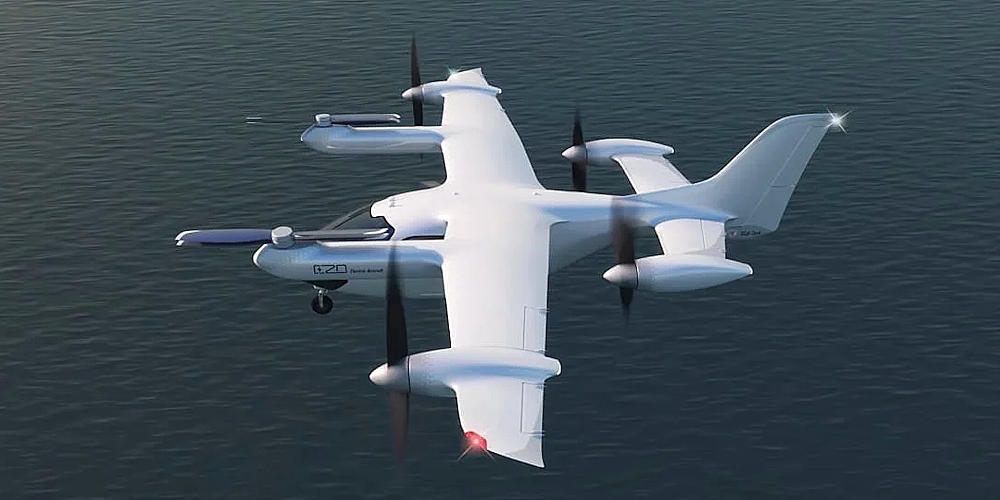
ADVERTISEMENT
ADVERTISEMENT









